"The Jiu Jitsu I created was designed to give the weak ones a chance to face the heavy and strong."
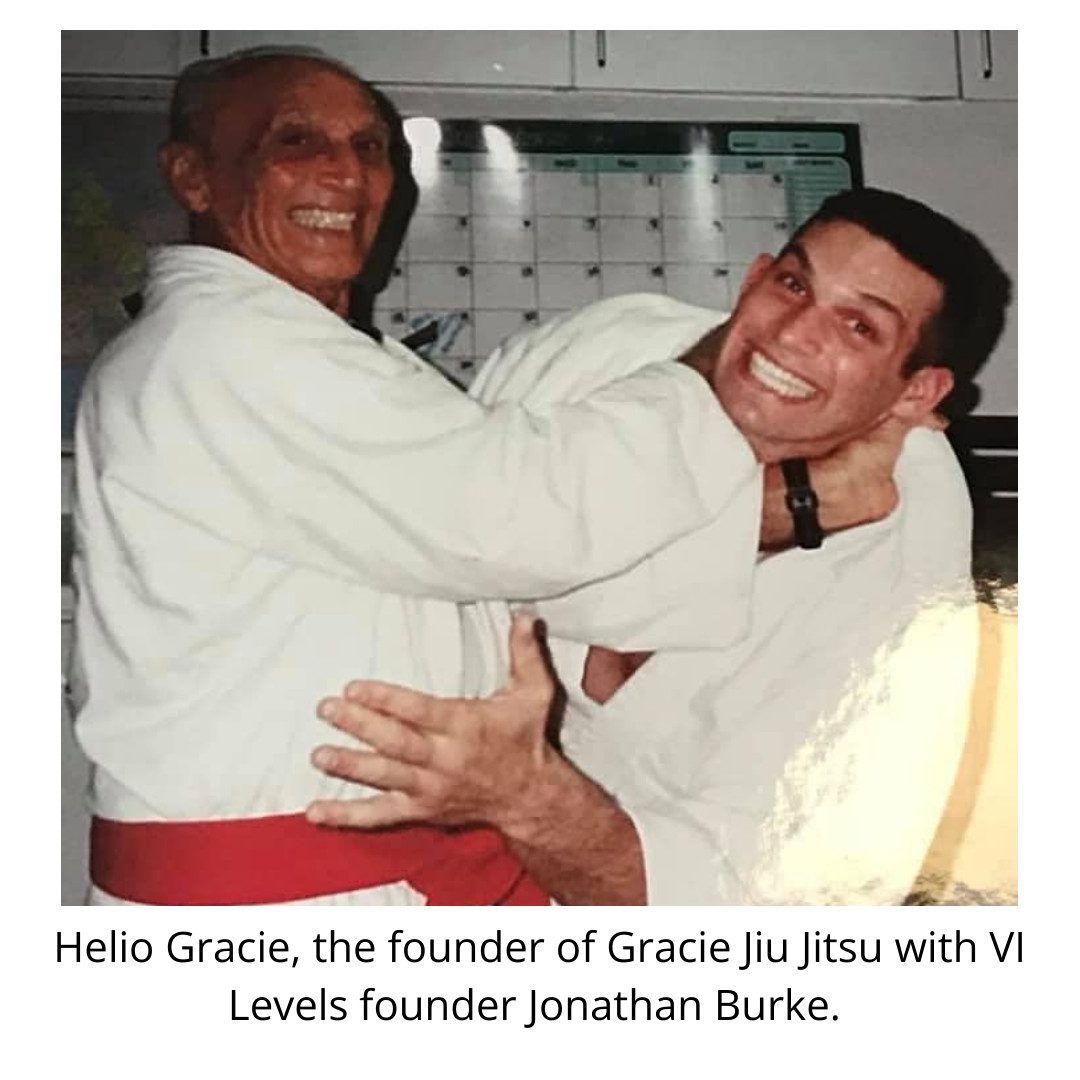
About Gracie Jiu Jitsu
Passion. Persistence. Perseverance.
Who is Helio Gracie? By most accounts, he is the father of the jiu-jitsu craze currently sweeping the martial arts, both in the U.S. and around the world. According to his sons, and his students, he is a bona fide grandmaster in a time when all too many “grandmasters” are mere paper tigers. According to many in his native Brazil, he was, in his prime, the toughest man on the planet. Helio Gracie is the father of the world-renowned Gracie brothers – Rorion, Relson, Rickson, Rolker Royler, Robin and Royce – who exploded onto the American martial arts scene over 20 years ago with a rib-cracking fight scene in the first Lethal Weapon movie choreographed by Rorion Gracie. Their prowess was also demonstrated by the convincing victories of Royce Gracie in the “Ultimate Fighting Championships”, where he won more no-holds-barred matches than any other competitor in the history of the event without sustaining, or delivering, much damage in the process. Born the youngest of five brothers October 1, 1913, in Belem, Para state in the Amazon region of Brazil, Helio did not at first evidence the mental and physical toughness that would place him in history as one of the most significant icons in martial arts.
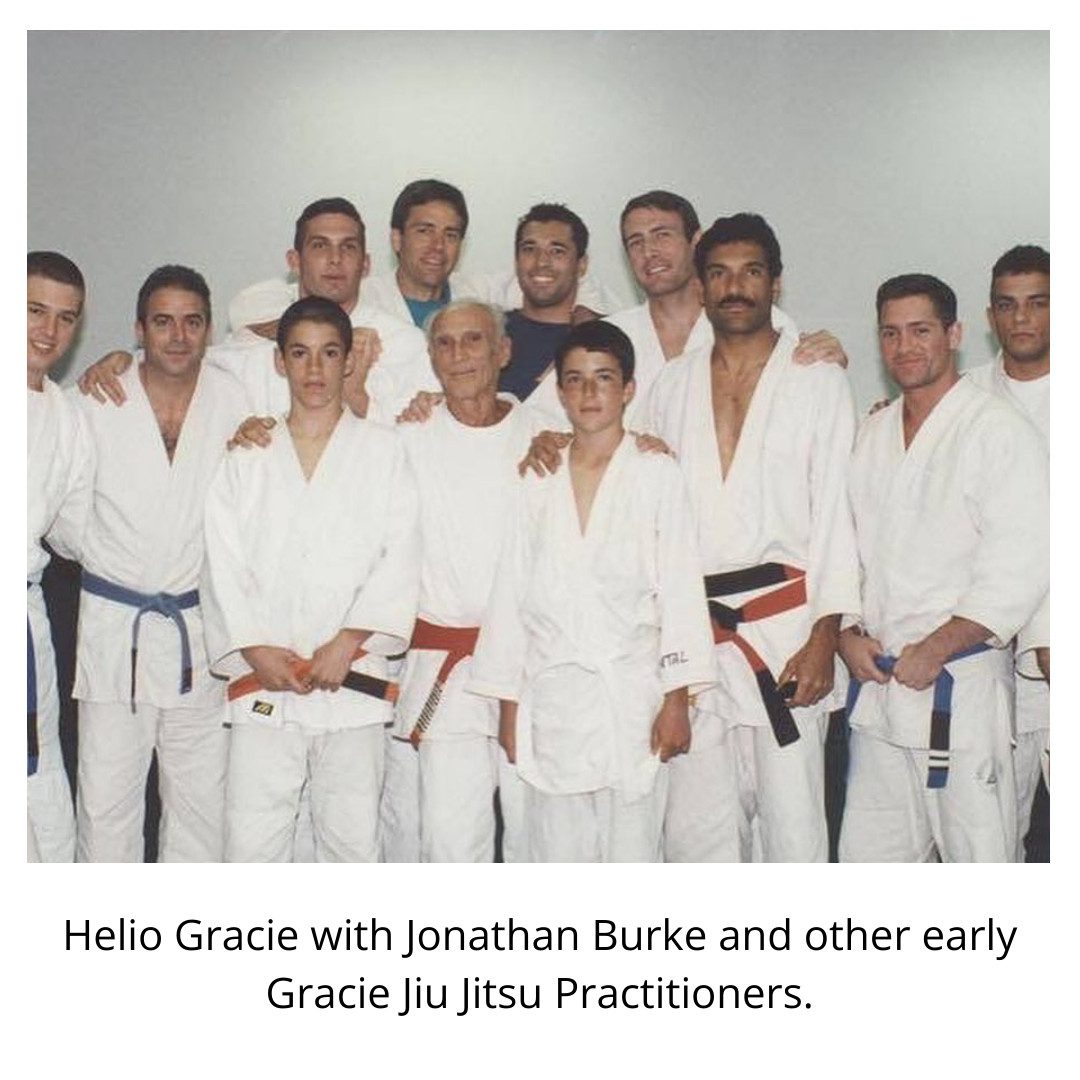
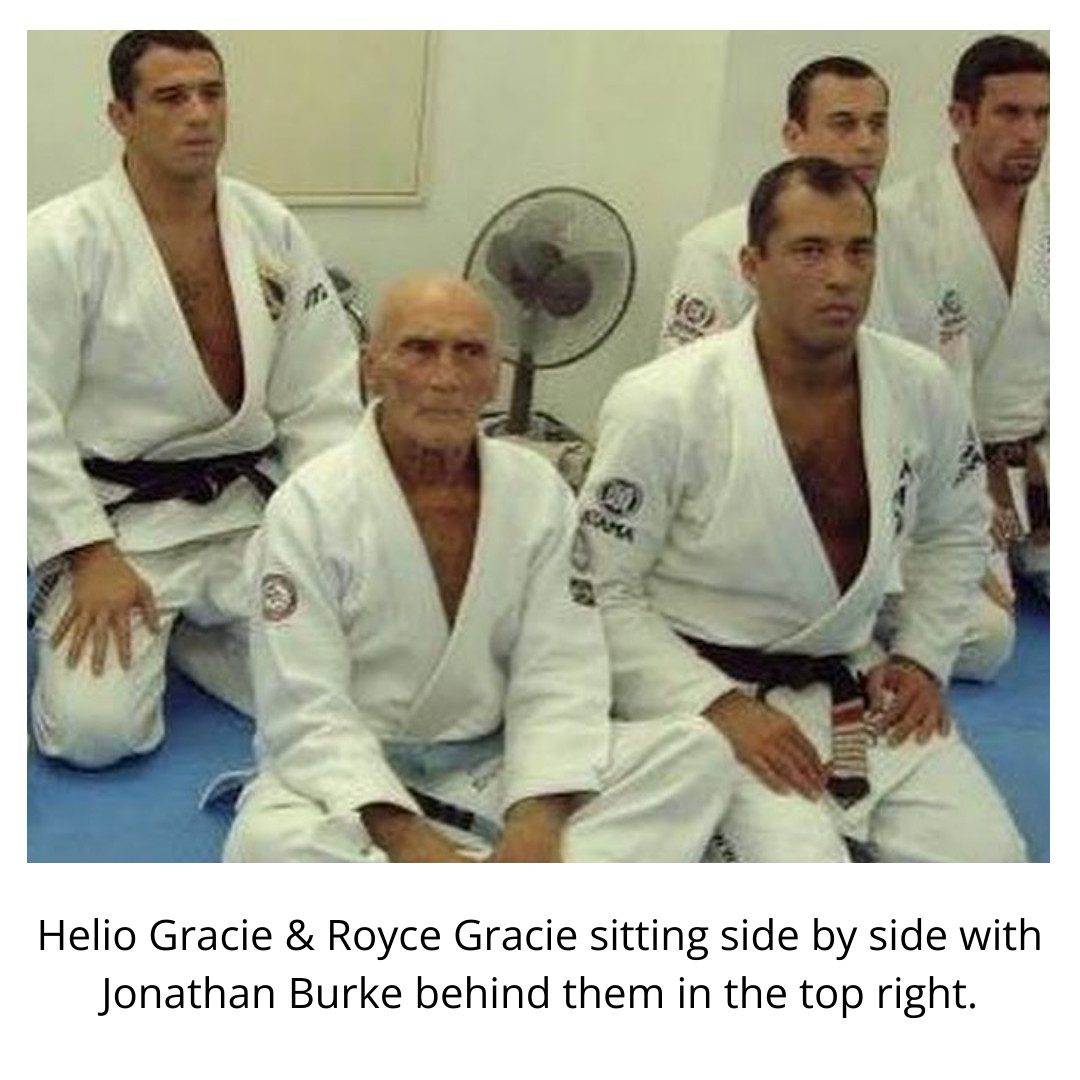

Although the Amazon region of Brazil is that country’s version of America’s own “Wild, Wild West”, Helio himself suffered form an inexplicable weakness that resulted in severe fainting spells as a small child and caused the family physician to caution Helio’s parents and older brothers not expose young Helio to any form of exertion whatsoever, even school. Consequently, Helio was reduced to being a spectator throughout much of his childhood, even as his father Gastao Gracie’s political acumen cultivated the relationship that resulted in the Gracie brothers being given their life’s work at the hands of an enigmatic Japanese commoner named Esai Maeda. Maeda was a fighter, a short, powerfully built man who began his carrier in the sumo wrestling contests that proliferated at the fairs and festivals in rural Japan. Eventually he matriculated to Waseda University where he studied judo – not the current, contest-oriented judo, but an earlier form with a heavy emphasis on the “goshin-no-kata” self-defense forms.
Having mastered judo and eager to prove himself, Maeda began to travel the world taking on all comers in wrestling matches with few holds barred. Maeda’s travels eventually took him to Brazil where, in a series of wrestling exhibitions against local challengers, he so impressed a group of wealthy Brazilians that they awarded him lands in Brazil for his victories. Maeda left Brazil briefly, but soon returned with the blessing of the Japanese government to attempt to gain approval in Brazil for Japanese settlers to immigrate to Brazil and move onto the lands that he had won.
Maeda quickly found an ally in his efforts in Gastao Gracie, the father of Helio and his four older brothers. Gastao, friend and confidant to many political leaders in Brazil, proved very helpful to Maeda and to reward Gastao, he began to tutor Carlos, the oldest of the Gracie brothers.

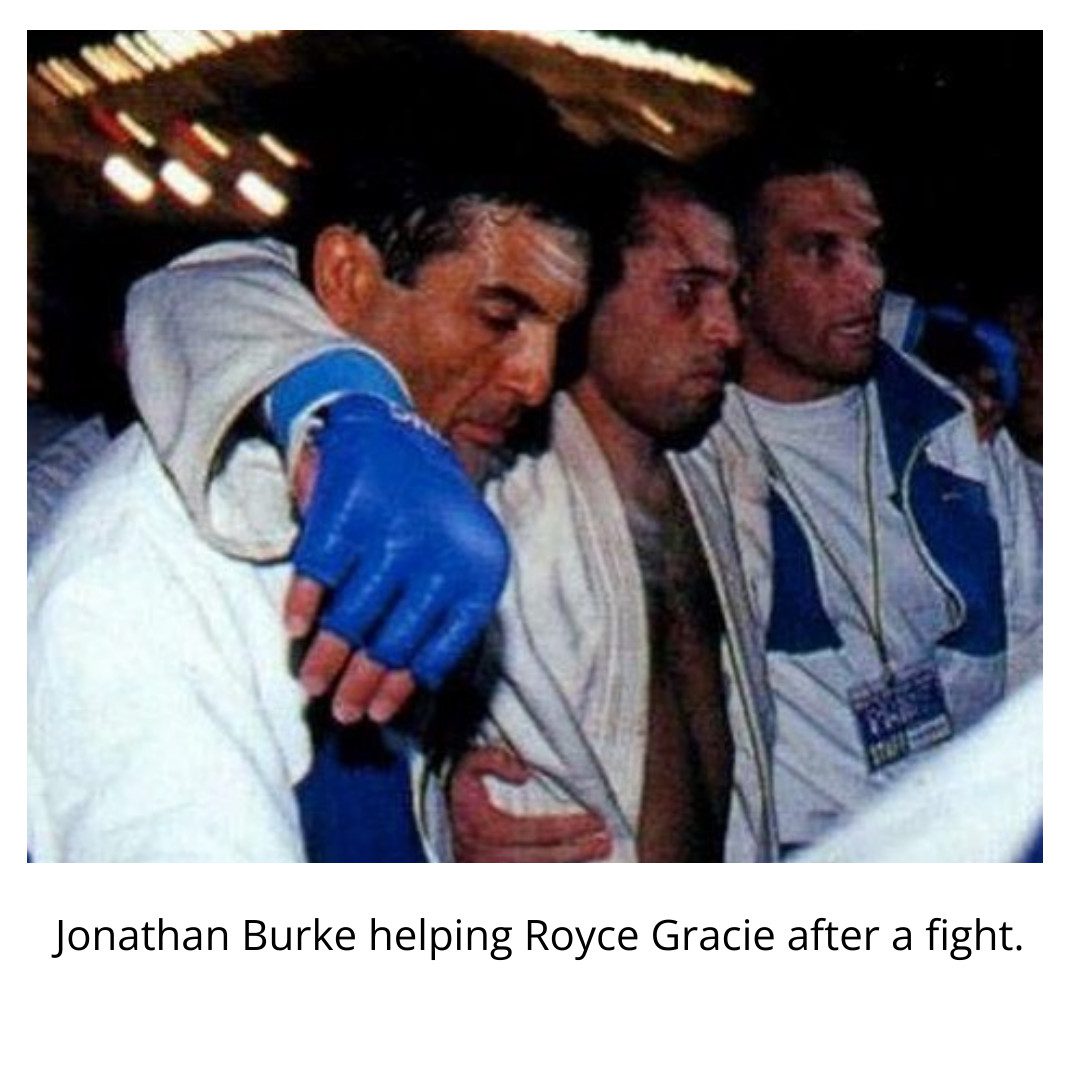
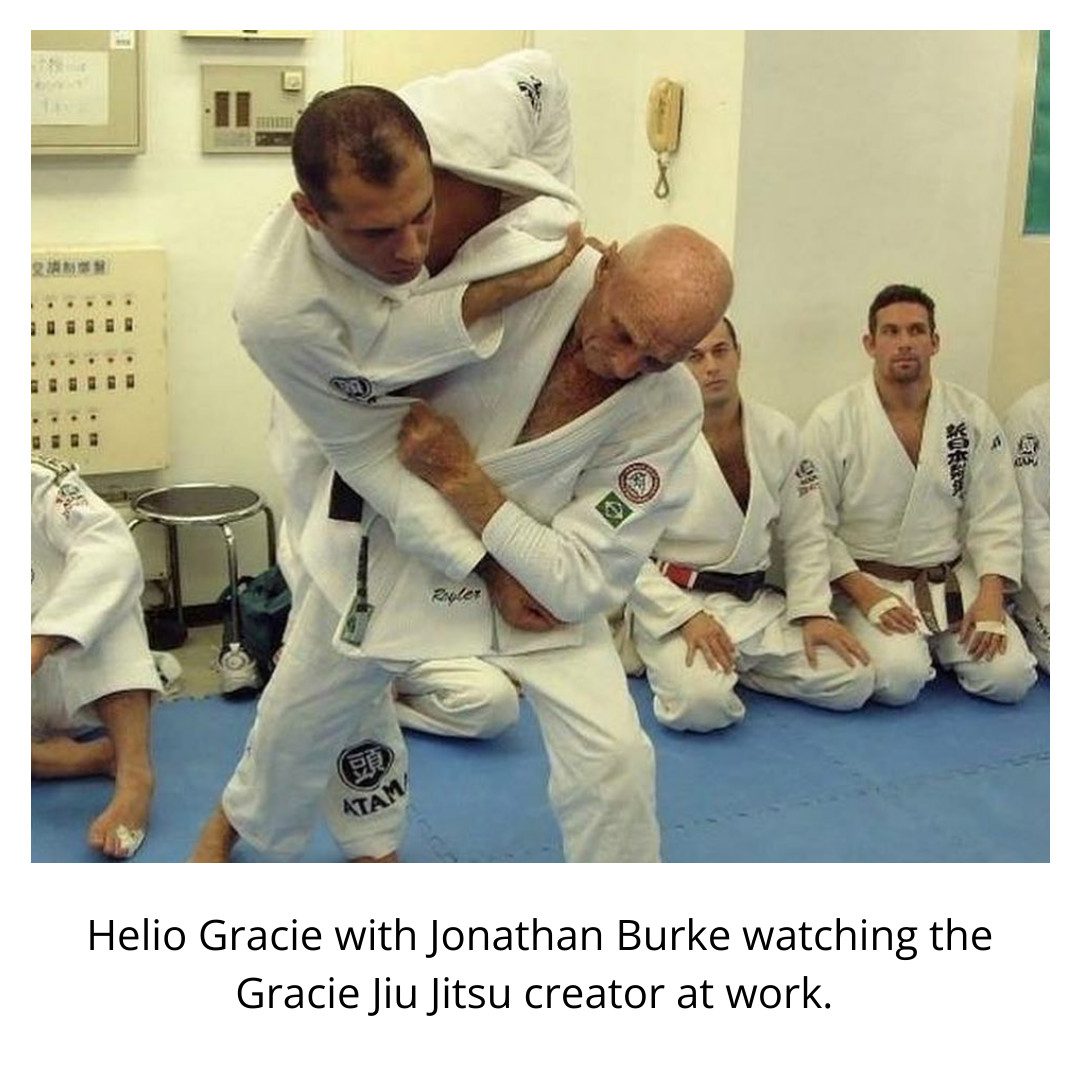
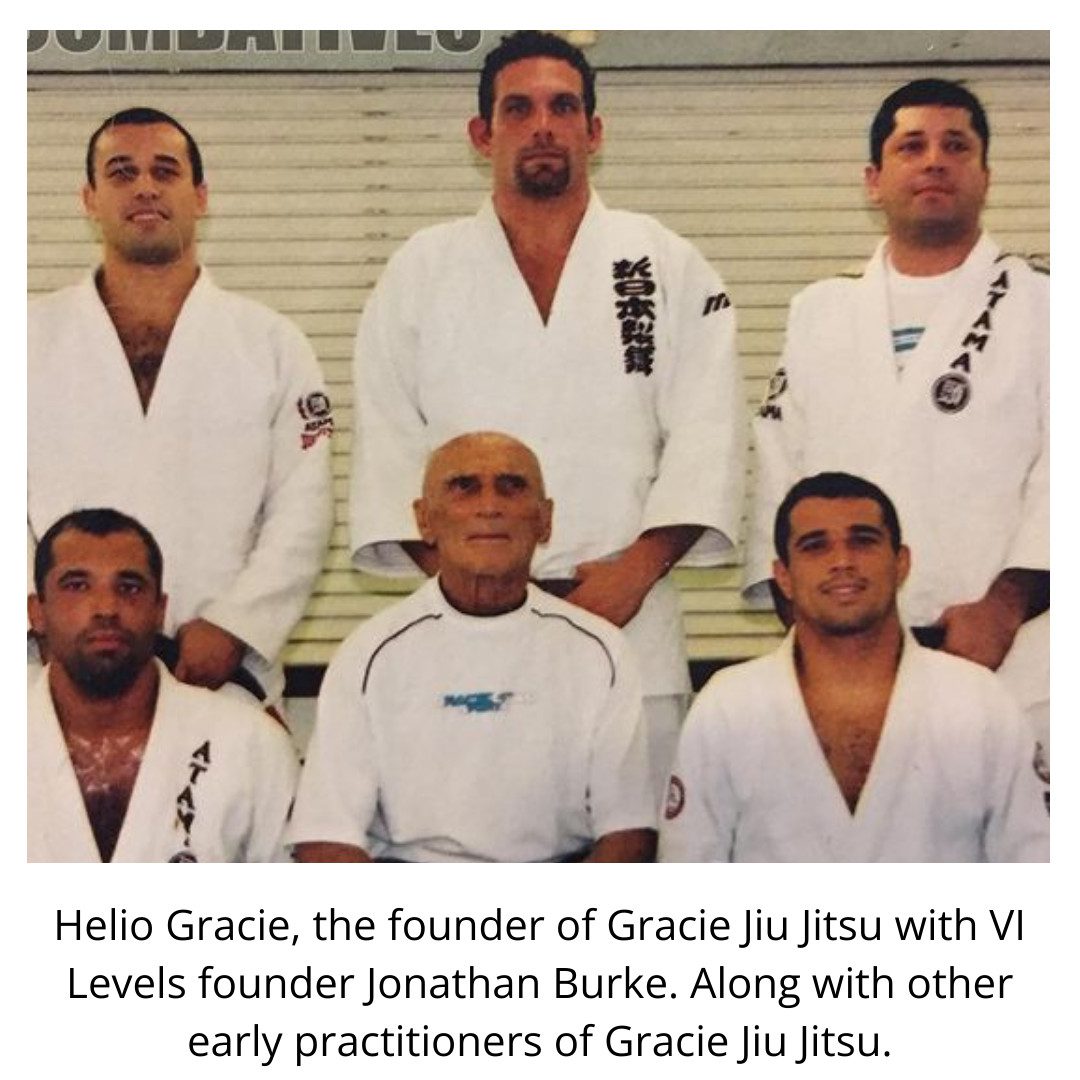
Having found his life’s work, Helio’s older brother, Carlos, relocated his family to Rio de Janeiro, opening the Gracie Jiu-Jitsu Academy there in the mid-1920’s. And he followed in the path of his sensei, Esai Maeda, who was now known as “Count Koma” in Brazil because of his land holding, by demonstrating his fighting prowess in matches throughout Brazil.
During this time, Helio was relegated to the sidelines because of his poor physical condition, watching and whishing that could be part of the exciting life now being lived by Carlos and his other brothers.
All this changed for Helio, however, not long after he turned 16. As he sat in his brother’s school one afternoon, he noticed that one of Carlos’ students has arrived for a private lesson and that Carlos was nowhere to be seen. Worried that his brother’s now-agitated student might be offended and leave, Helio approached the man and offered to put his through his paces.
He had been watching his brothers teach jiu-jitsu for years now and he was sure that he could do it as well as he needed to teach others. And, in fact, as the lesson ended, Carlos came bursting into the school apologizing for his tardiness. “That’s alright”, said the student. “Your brother gave me a good lesson and, if you don’t mind, I’d like him to teach me from now on.” “I later found out,” recalled Helio, “that he was the son of the President of the Bank of Brazil.” And so began an exciting career in the martial arts that has lasted 75 years and has had a major impact on the way serious martial artists view what is and what is not practical in the way of self-defense. Take a FREE TRIAL of Gracie Jiu-Jitsu now and create your own personal history in the martial arts like the Gracies.
Helio quickly followed his brothers into the world of no-holds-barred challenge matches, called “Vale Tudo,” to demonstrate his prowess. He wasted no time in defeating all his local champions and would-be champions in boxing, wrestling, karate and champions in every sport and art that might be in sunny Rio on vacation, and he relentlessly challenged the reigning World Heavyweight Champion in boxing, be it Joe Louis or Ezzard Charles.


Easily one of Helio’s proudest accomplishments as a fighter was his match with undefeated Japanese judo champion Masahiko Kimura. Confident that he would easily beat his much-smaller Brazilian opponent, Kimura told the press assembled for the fight that if Helio lasted longer than three minutes, he should consider himself the winner of the bout. Helio lasted 13 minutes and was still fighting when his older brother and mentor, Carlos, threw in the towel, afraid that the armlock Kimura had caught his younger brother in would shatter Helio’s arm. Take a FREE TRIAL of Gracie Jiu-Jitsu now and create your own personal history in the martial arts like the Gracies.
And toward the end of his fighting career, there was the nearly four-hour long, non-stop fight with his former student, Valdemar Santana. Although Helio eventually lost his match, his ability to make that marathon contest last so long and so well against a much younger and bigger opponent had new students lining up to learn the techniques that Helio used to such good effect against Santana, a powerfully built stone cutter. But it is not Helio’s prowess in the ring that has made the Gracie name a household word in the world outside Brazil, but rather the art he developed and the way that he passes that art on to others.
In judo there is a phrase, “Tokuiwaz” that describes techniques that have been personalized to suite a particular judo player that developed them. It means not only a technique that has been altered to fit the build and body of the judoka who developed it, but it is often a signature technique. Examples of this both in and out of judo would be Masahiko Kimura's famous “Ippon seioi-nage,” Bill Wallace’s roundhouse kick, “ “Smokin’” Joe Frazier’s hook or Muhammad Ali’s famous left jab.
What Helio Gracie has developed is not necessarily a new or different martial art, but simply the most finely crafted collection of “Tokui-waza” ever assembled. This is an important point to understand; while in every case Helio’s version of the technique is better and more efficient than the original; the roots of each of Helio’s techniques will be evident to most any student of judo or jiu-jitsu. Helio did not really do anything all that different – just better.
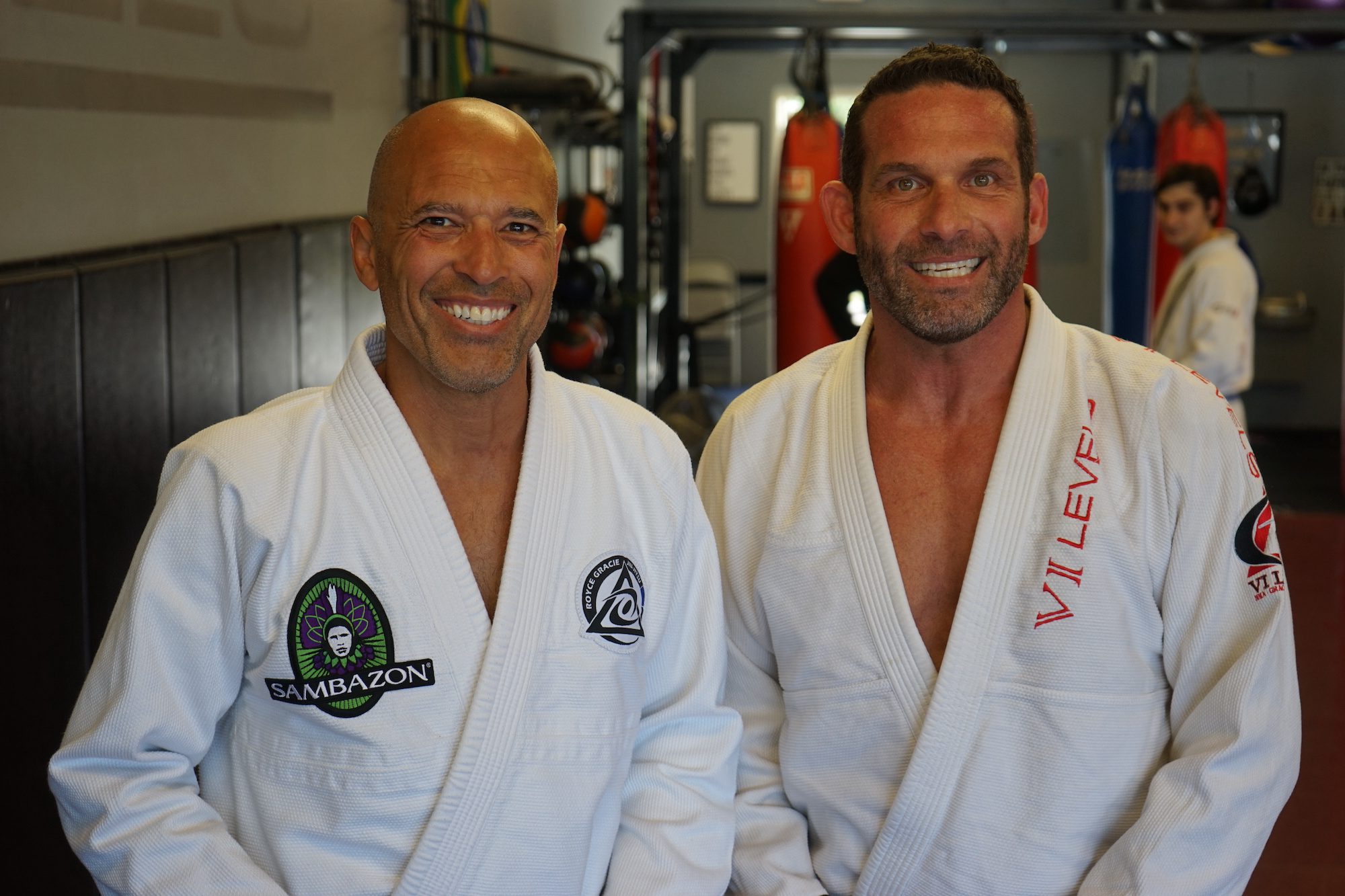
Anyway, in understanding Helio Gracie, it’s also important to understand that he did not set out to create a new or different martial art. He simply wanted to make what he knew work better to offset the disadvantages that he brought to any fight because of his size and lack of strength. When asked how he developed this technique or that, he always replies, “Well, I tried it this way and it seemed to work better, so I kept doing it this way…” Everything that worked well stayed in the system; everything that did not was discarded.
Royce recalls his father as having a great sense of fun. This sense of fun is still alive today as the author can attest. It is a healthy sense of fun that comes from the perspective of not just 88 years of life, but 88 years of living! He has lived a life about which books have been written in his native Brazil, a life which renowned photographer Bruce Weber tried to capture in his volume, O Rio de Janeiro, a life which an article ten times this length would not be long enough to cover.
He has fought all comers, no matter how big or how tough. His courage is unquestioned – an oil company once minted a medal is his honor for leaping off a cruise ship to pull a downing man out of shark-infested waters. A dedicated father and patriarch of his family, he has raised over 40 children (not all his own) to adulthood. And he has taught not only his, but his brother’s children as well, the martial art he has crafted. Presidents and paupers alive have been his students.